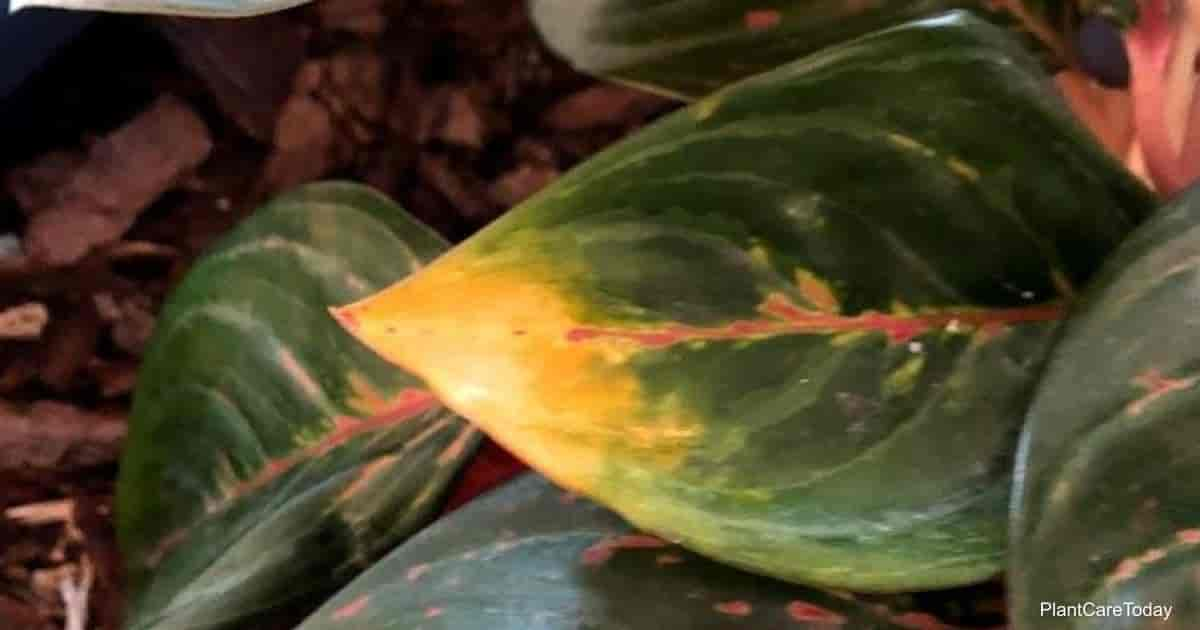People often see Arrowhead Syngonium plants, either in the indoor plant section at garden centers or in the wild as an outdoor plant. The Arrowhead plant is part of the Syngonium species, and there are many variations of the plant.
The most commonly known species are the Syngonium Podophyllum and the Syngonium macrophyllum.
Another plant goes by the same common name – arrowhead plant – is the Sagittaria Arrowhead. It mostly grows in a water-based environment and is not typically kept as a houseplant.
The Arrowhead (Syngonium) plant gets its name from the leaves’ arrow shape they typically form. Other names include:
- Goosefoot plant
- Arrowhead Vine
- Five Fingers
Though there are two different plants, it’s important not to confuse the two. Is the Arrowhead plant poisonous? The answer is yes. The Arrowhead (Syngonium) is poisonous.
Is The ArrowHead Plant Poisonous?
In terms of being poisonous, the Arrowhead (Syngonium) plant rates a three on the toxicity scale. This particular type of plant is toxic to both humans and animals. Therefore it is a good idea to keep your house pets away from the Arrowhead if you have any in your home.
Keeping the plants in a room and on a shelf is an excellent way to prevent young children from reaching them.
What Parts of the Arrowhead Plant are Poisonous?
As the Arrowhead plant matures, the plant contains more calcium oxalate crystals. The sap of the plant most of us come in contact with include these crystals as well.
It is these calcium oxalate crystals that make the plant poisonous. Ingesting these crystals can cause poison-related symptoms. Because the plant is covered and filled with these crystals, it is safe to say that all of the plant is poisonous!
The leaves, sap, and body of the plant all pose a risk of exposing someone to being poisoned.
What Are The Symptoms of Poisoning?
While the entirety of the Arrowhead plant is poisonous, the crystals must be ingested in some way to cause harm. The symptoms tend to be on the milder side, though it is possible to have an allergic reaction that would require medical care.
The classic symptoms of poisoning are:
- Upset stomach
- Skin irritation
- Vomiting
- Severe mouth pain
The calcium oxalate crystals have microscopic sharp edges along their sides. These cause the irritation we commonly feel when accidentally ingesting an Arrowhead.
The symptoms are typically very mild, but those who have sensitive skin may experience a more severe burning degree. This burning can also lead to swelling. If any swelling should occur in the mouth area, this is grounds for immediate medical attention.
Swelling in the mouth area can prevent someone, especially a young child, from properly breathing. Swelling in the throat can be very dangerous as the swelling can close off essential airways.
How to Protect Yourself While Handling the Arrowhead Plant
The best way to be protected while handling the Arrowhead plant is to wear gloves. A pair of gardening gloves, or even simple plastic ones, is a great way to protect the skin from possible irritants.
Be safe and wear long-sleeved shirts and long pants while potting or moving an Arrowhead plant. Those with sensitive skin may accidentally brush against the plant while handling it. Having more than the hands covered exposes less skin to the plant sap.
Credit : Gary Antosh (https://plantcaretoday.com/arrowhead-plant-poisonous.html)





